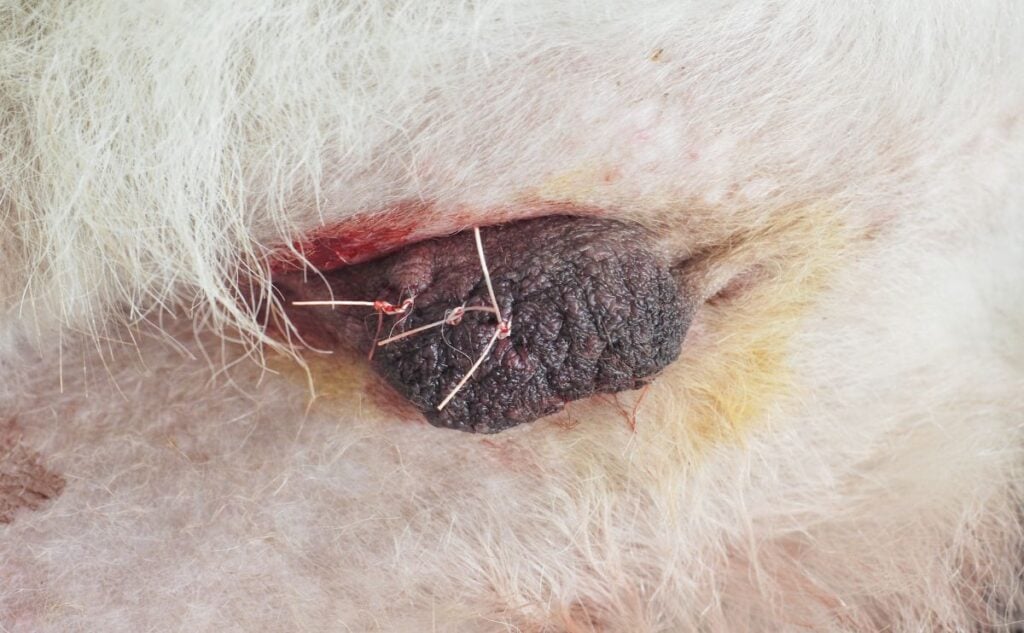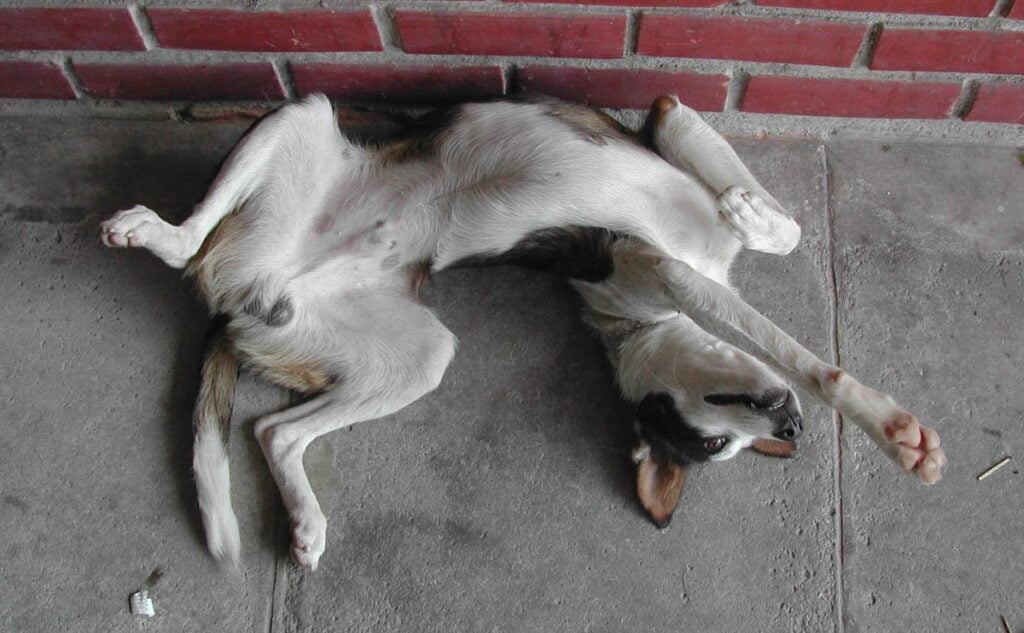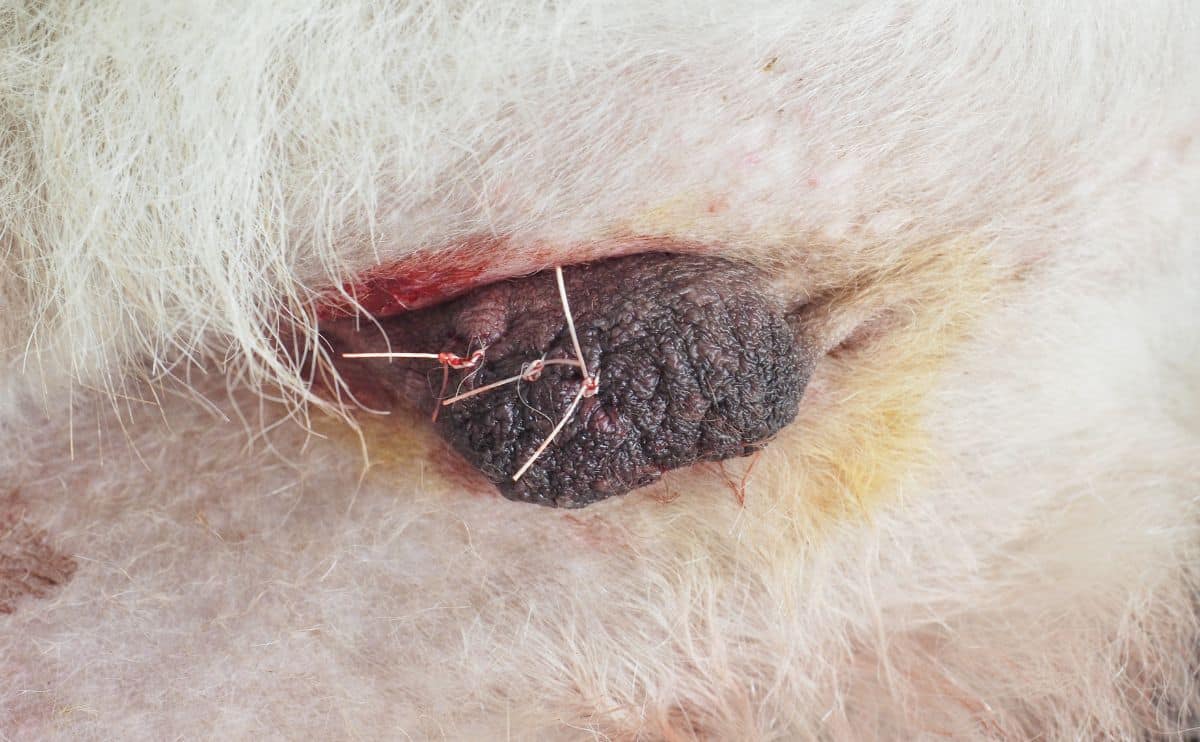Similar to human males, male dogs may develop lumps on or near their testicles, making regular checks crucial for early detection. If a lump is found, understanding its nature and available treatments is key. Fortunately, testicular cancer in dogs is often preventable and treatable when addressed promptly.

Dog Testicular Lumps: Key Insights
A lump on a dog’s testicle isn’t always cancerous, but veterinary evaluation is essential. Vets may use needle biopsies or surgical removal (with lab analysis) to diagnose. Common types include:
Sertoli Cell Tumor
Arising from Sertoli cells that produce estrogen, these tumors often cause high estrogen levels, leading to feminization (e.g., mammary growth) and bone marrow suppression. Typically malignant, they’re more common in undescended testicles (cryptorchidism), where warmer body temperatures may contribute to development.
Interstitial Cell Tumor
Developing from Leydig cells (testosterone producers), these rare lumps usually don’t cause symptoms beyond the lump itself. Benign in most cases, they’re more prevalent in older dogs or those with retained testicles.
Seminoma
Originating from germ cells, seminomas are often benign but may spread to lymph nodes. Common in older dogs and undescended testicles, they rarely cause symptoms beyond the lump, though discomfort or licking may occur.
Cyst
Scrotal cysts, similar to those elsewhere, are usually harmless. A vet visit confirms the diagnosis and ensures no further treatment is needed.
Skin Tags & Other Skin Lumps
The scrotal skin can develop warts, skin tags, or cancerous growths (e.g., mast cell tumors). Any change in appearance or texture warrants veterinary attention.
Signs of Testicular Cancer
Many testicular tumors show no early symptoms—dogs may behave normally. Pet owners might notice one testicle being larger, softer, or irregularly shaped. Advanced tumors may cause pain, ulceration, or bursting, especially if the dog licks the area. Sertoli cell tumors often cause feminization signs like nipple enlargement, hair loss, or skin darkening.
Treatment Options

Most testicular tumors don’t spread, so castration (like routine neutering) is standard treatment. Undescended testicles are removed surgically from the abdomen or groin. Severe cases with ulceration may require scrotal ablation, though early intervention often avoids this. Delayed treatment can complicate recovery, as seen in advanced cases with painful, infected ulcers.
Survival Rate & Prevalence
Testicular tumors rarely metastasize, making surgery highly effective. Survival rates are excellent, with lymph node checks ensuring no spread. These tumors are common in older, unneutered males, especially those with undescended testicles. Routine neutering significantly reduces risk.
Prevention & Neutering Considerations
Neutering is the primary prevention method. While beneficial for non-breeding dogs, timing and behavioral impacts (e.g., aggression in anxious dogs) should be discussed with a vet to make informed decisions.
Is Testicular Cancer Painful?
Early stages are typically painless. As tumors grow, they may cause pressure, pain, or infected ulcers, emphasizing the need for early detection.
Final Notes on Neutering
Testicular cancer is common in unneutered dogs but treatable and preventable. Prompt veterinary care is key. For those considering neutering, exploring benefits, costs, and affordable options ensures the best outcome for your pet.

